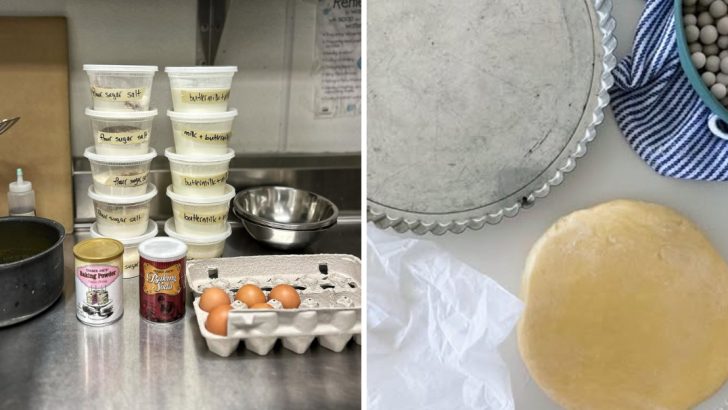So, you’re thinking bigger, huh? More cookies for the crew, a bigger batch of chili for game day? We get it!
Scaling up a recipe seems like a no-brainer, but trust us, it’s not always as simple as multiplying everything by two.
Before you end up with a kitchen calamity and enough cake batter to fill a swimming pool, check out these crucial tips.
1. Measure Ingredients Carefully
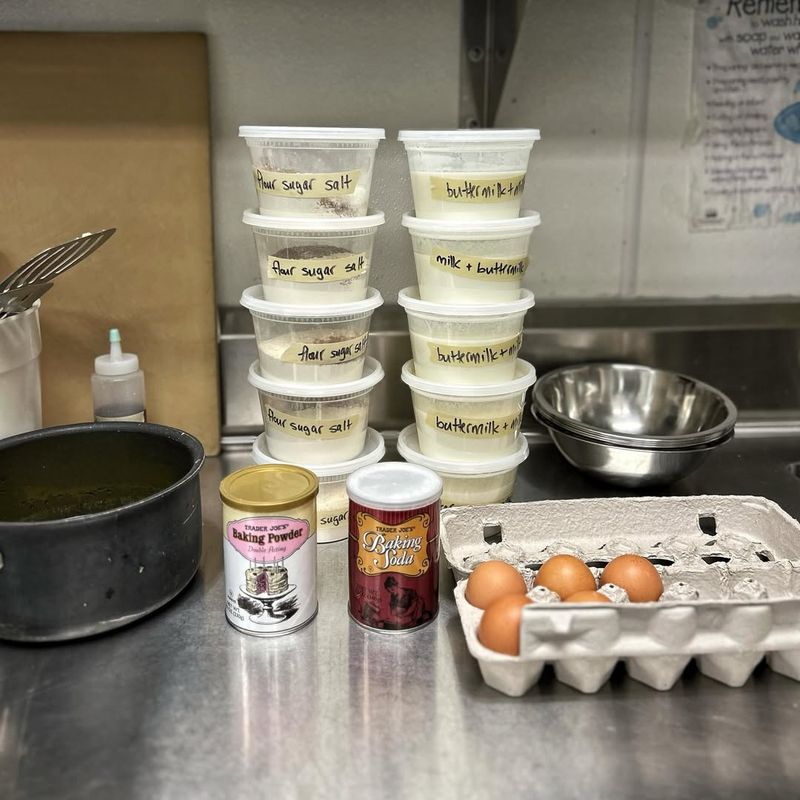
If you think doubling ingredients is as easy as doing simple math, think again. Precision is key when it comes to baking and cooking.
Measuring ingredients with accuracy can make or break your dish. Always use a kitchen scale for dry ingredients and measuring cups for liquids.
2. Adjust Cooking Time
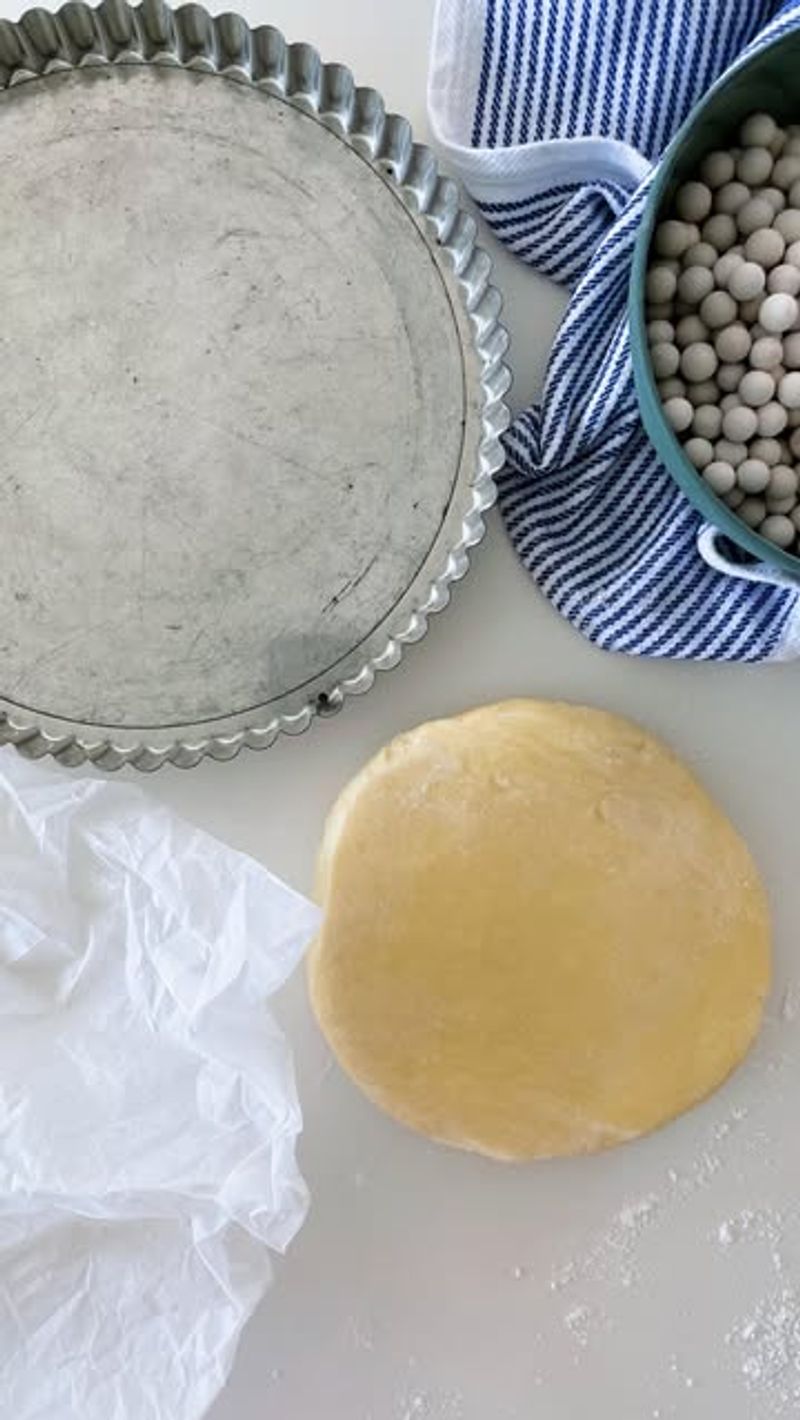
Where the cooking time is concerned, doubling a recipe doesn’t necessarily mean doubling the time. Larger quantities might take longer, but not always twice the amount.
Check your dish frequently and use your senses to determine when it’s done. This is especially crucial for sensitive dishes!
3. Consider Pan Size
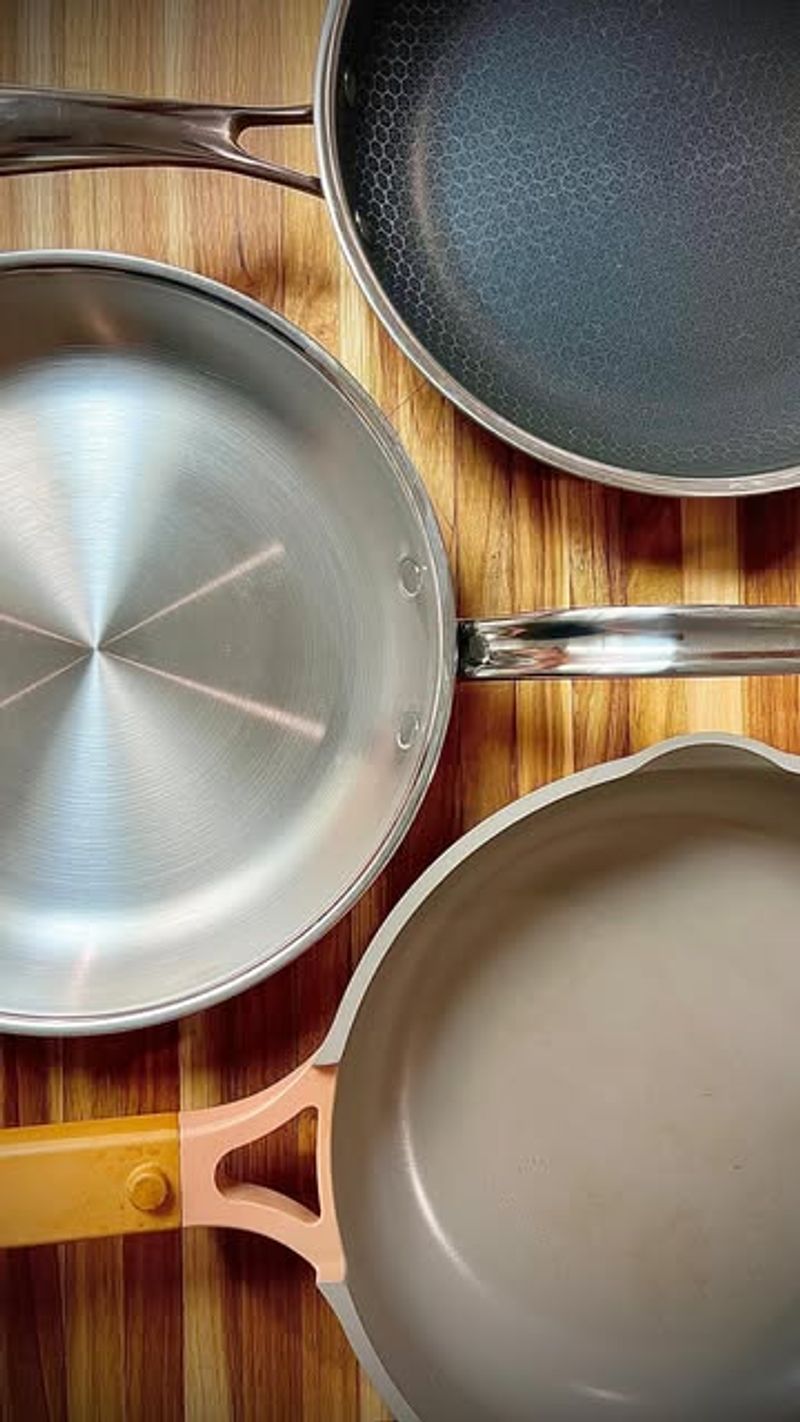
Though you might be tempted to use the same pan, a doubled recipe often requires a larger one. Choosing the right pan size ensures even cooking and prevents spillovers.
Evaluate your options and select a pan that accommodates the increased volume.
4. Seasoning Balance
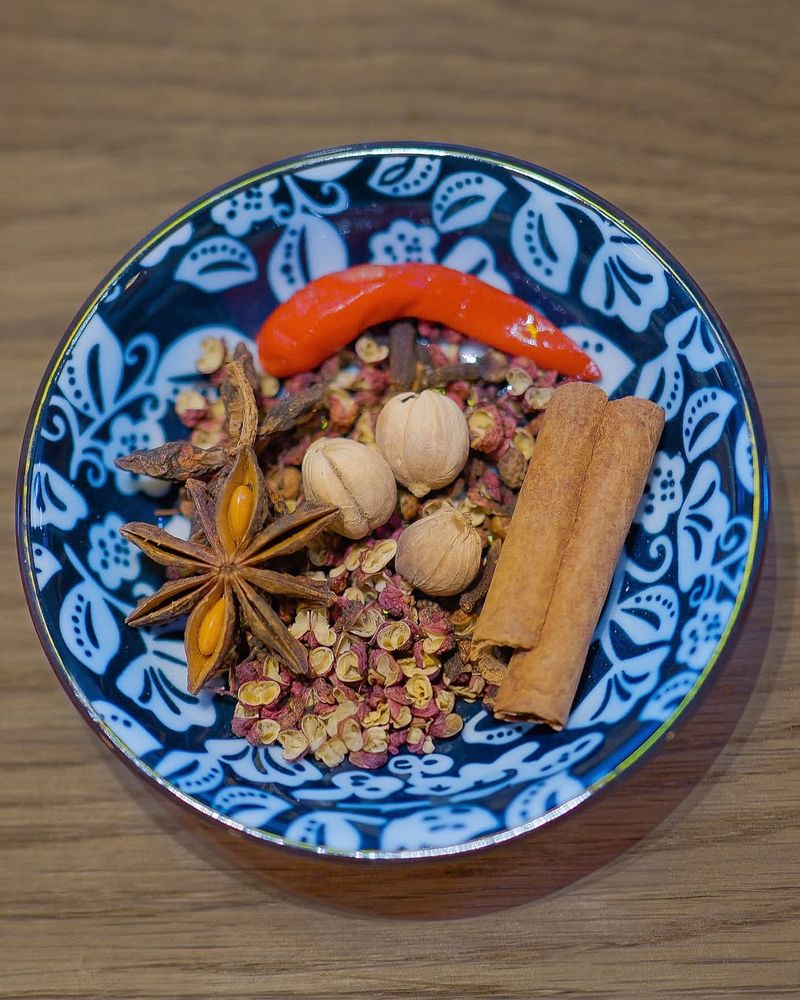
However, doubling the spices can lead to overpowering flavors. Taste as you go and adjust seasonings gradually. Sometimes, less is more.
Trust your palate and make adjustments according to your taste preference. This personalized touch will take your dish from good to extraordinary.
5. Check Equipment Capacity
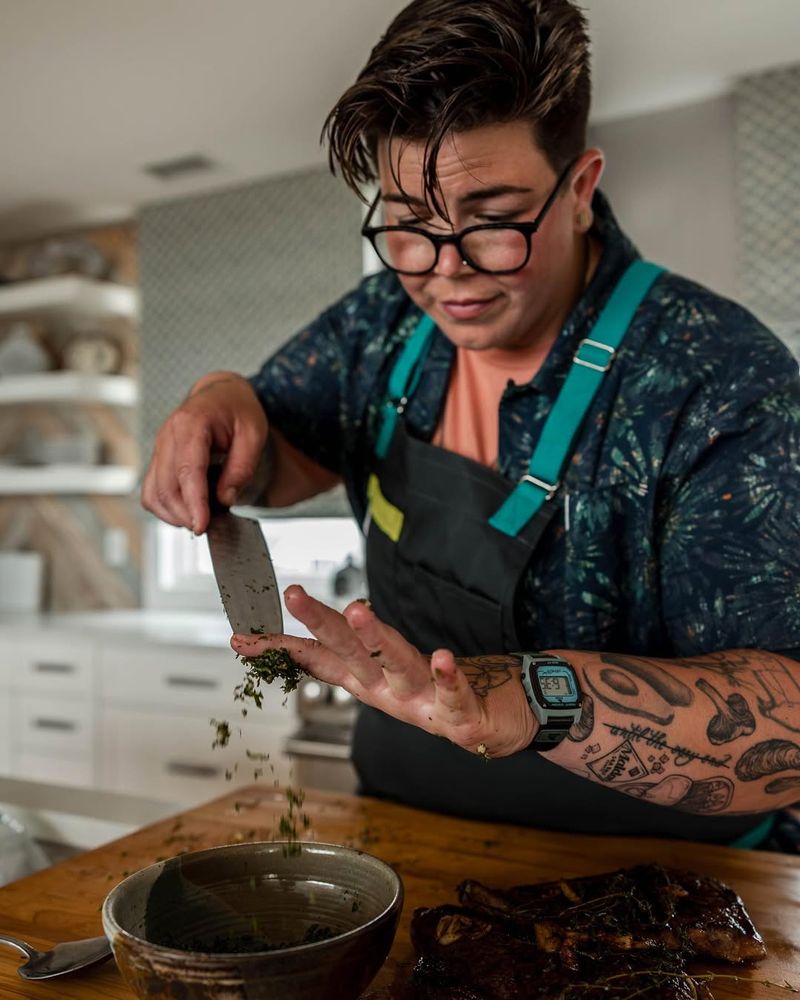
If you’ve ever found yourself with overflowing mixing bowls or appliances, you know size matters. Ensure your kitchen equipment can handle the increased volume.
Mixers, blenders, and pots need to be up to the challenge, so double-check their capacity. This foresight will save you from potential messes.
6. Mind Liquid Consistency
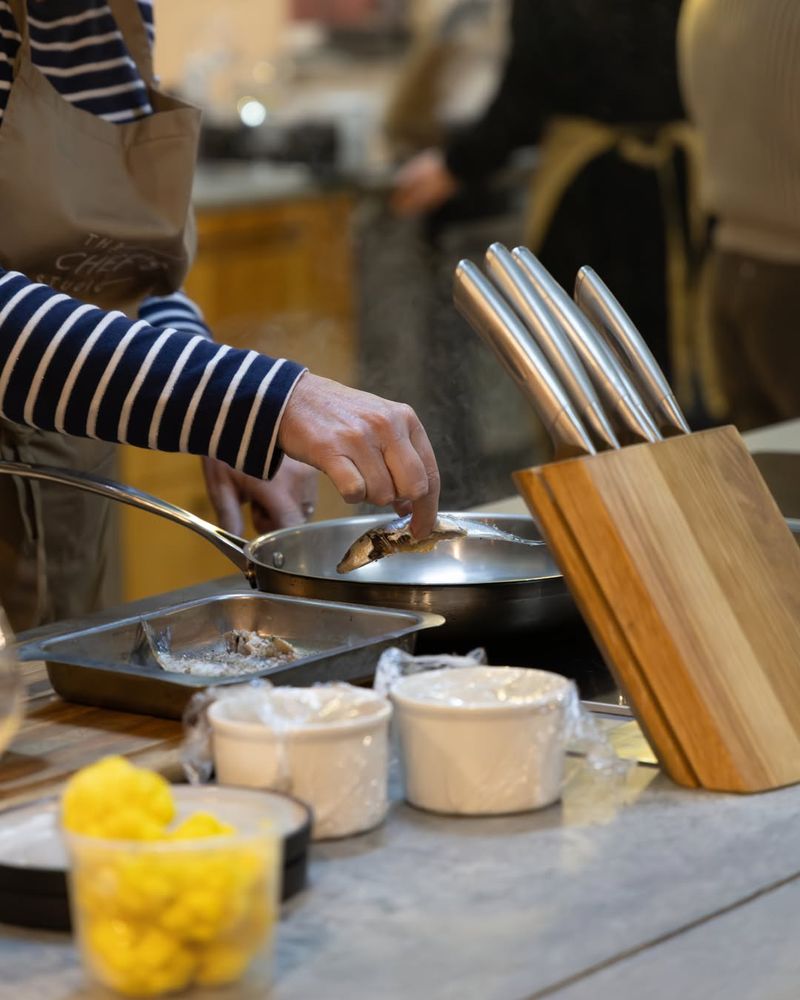
How liquid behaves can change with volume. Doubling liquids might affect thickness or consistency, leading to unexpected results.
Pay attention to the texture and adjust as needed. Sometimes, a little less or more liquid can perfect a dish. Keep an eye on the consistency!
7. Adjust Baking Temperature
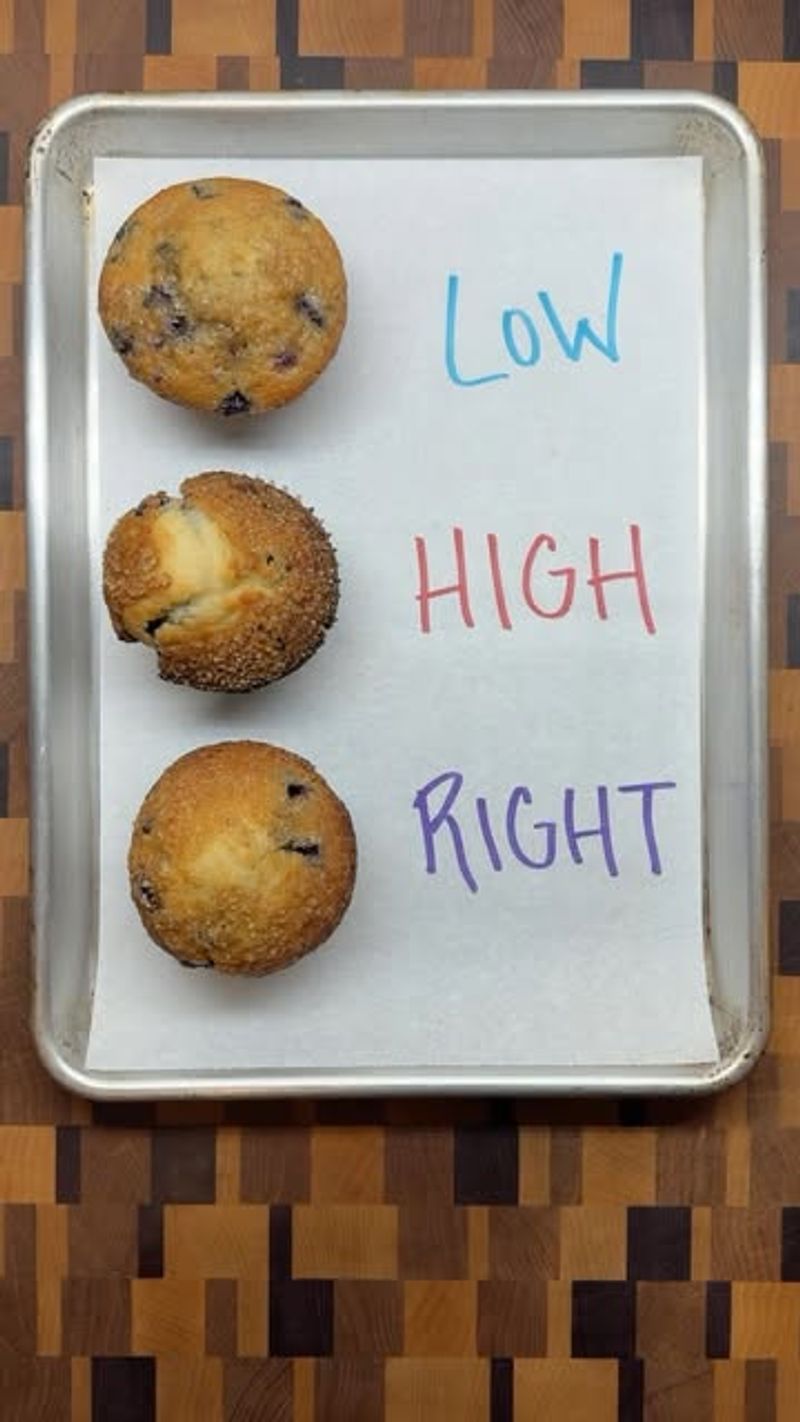
Baking is a science, and temperature plays a crucial role. When doubling a recipe, consider lowering the temperature by 25 degrees Fahrenheit.
This helps the inside cook evenly without over-browning the outside. Consistent results come from careful adjustments.
8. Resting Time Variations
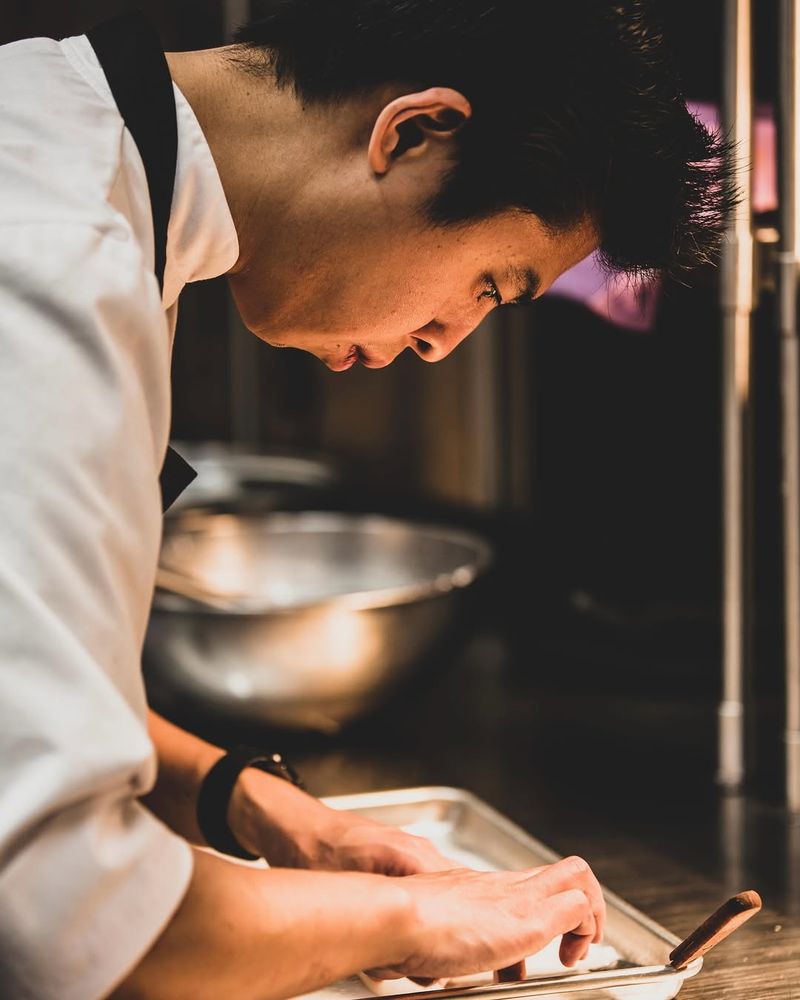
Hence, resting time might vary when recipes are doubled. Larger volumes retain heat differently, requiring more or less time to settle.
Allow your dishes to rest appropriately, as this enhances flavor and texture. Trust the process and let your creation reach its full potential.
9. Doubling Dairy Products

Though creamy dishes are delightful, doubling dairy can lead to curdling or separation. Introduce these ingredients gradually and monitor their consistency.
Sometimes, using less dairy or substituting with alternatives can yield better results. This approach ensures your dish remains smooth.
10. Flavor Infusion Techniques
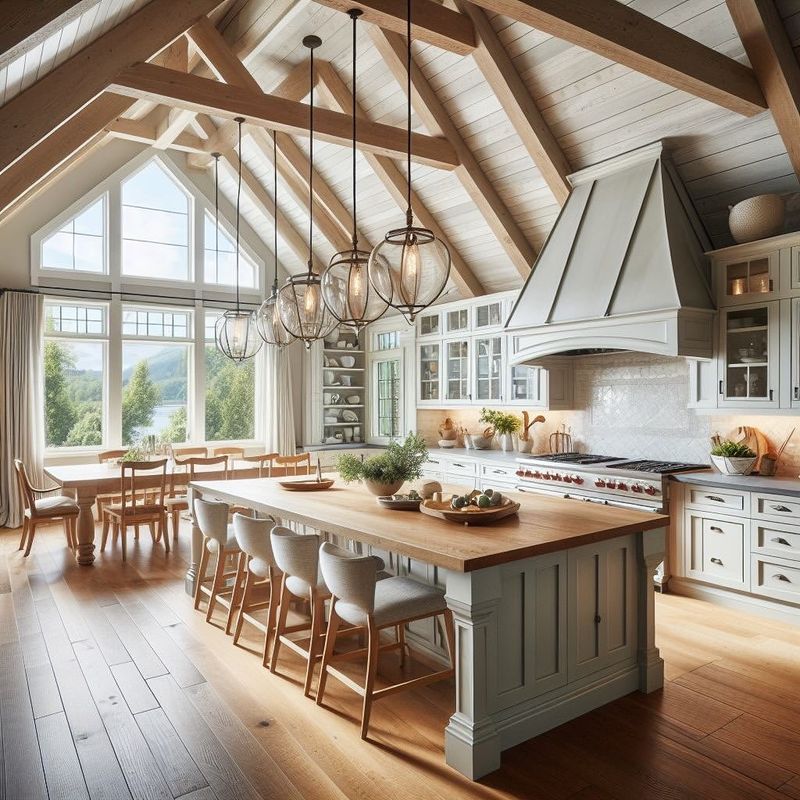
When it comes to infusing flavors, more isn’t always better. Doubling herbs and spices may not double the flavor.
Instead, use techniques like toasting or crushing to enhance taste. Experiment with infusion methods that bring out the best in your ingredients.
11. Taste Test Regularly

However, when doubling a recipe, your taste buds become your best friends. Taste test regularly to ensure the flavors are balanced. Adjust as needed!
This proactive approach allows you to catch any discrepancies early, ensuring a delicious outcome. Remember, trust your senses.
12. Account for Extra Cooking Time
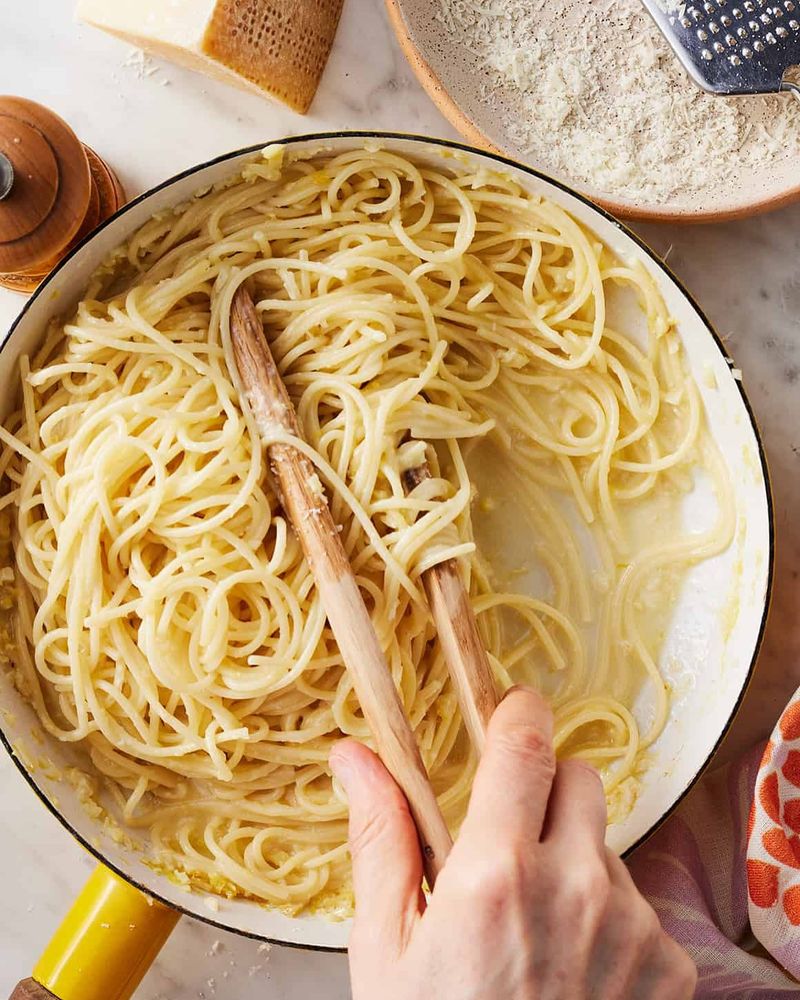
If you’re wondering whether doubled recipes take longer to cook, the answer is often yes. More volume might require additional time.
Especially for stews or baked goods. Plan accordingly and allow for these variations in your cooking schedule.
13. Watch Out For Overcrowding
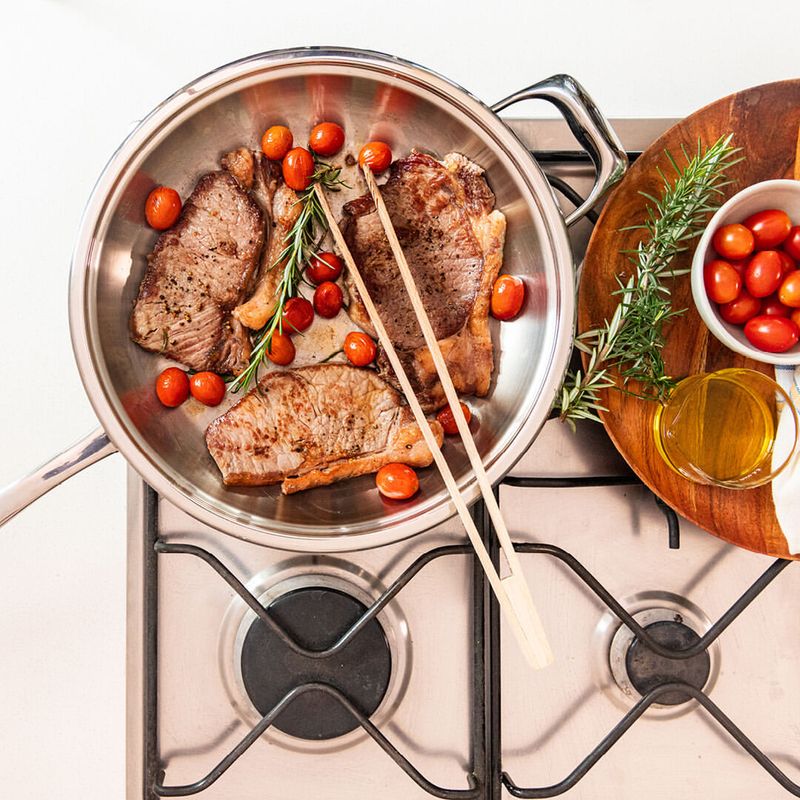
Where overcrowding occurs, your dish may not cook evenly. Ensure there’s enough space in your oven or stovetop for proper heat circulation.
Rearrange if needed to avoid this common pitfall. Overcrowding can lead to uneven cooking.
14. Utilize Leftovers Creatively

Hence, with larger quantities, leftovers are likely. Embrace this by planning creative ways to use them.
Whether it’s reheating or transforming into new dishes, leftovers can be a culinary blessing. Store them properly and enjoy the convenience of ready-made meals.
15. Scaling Sauces And Gravies
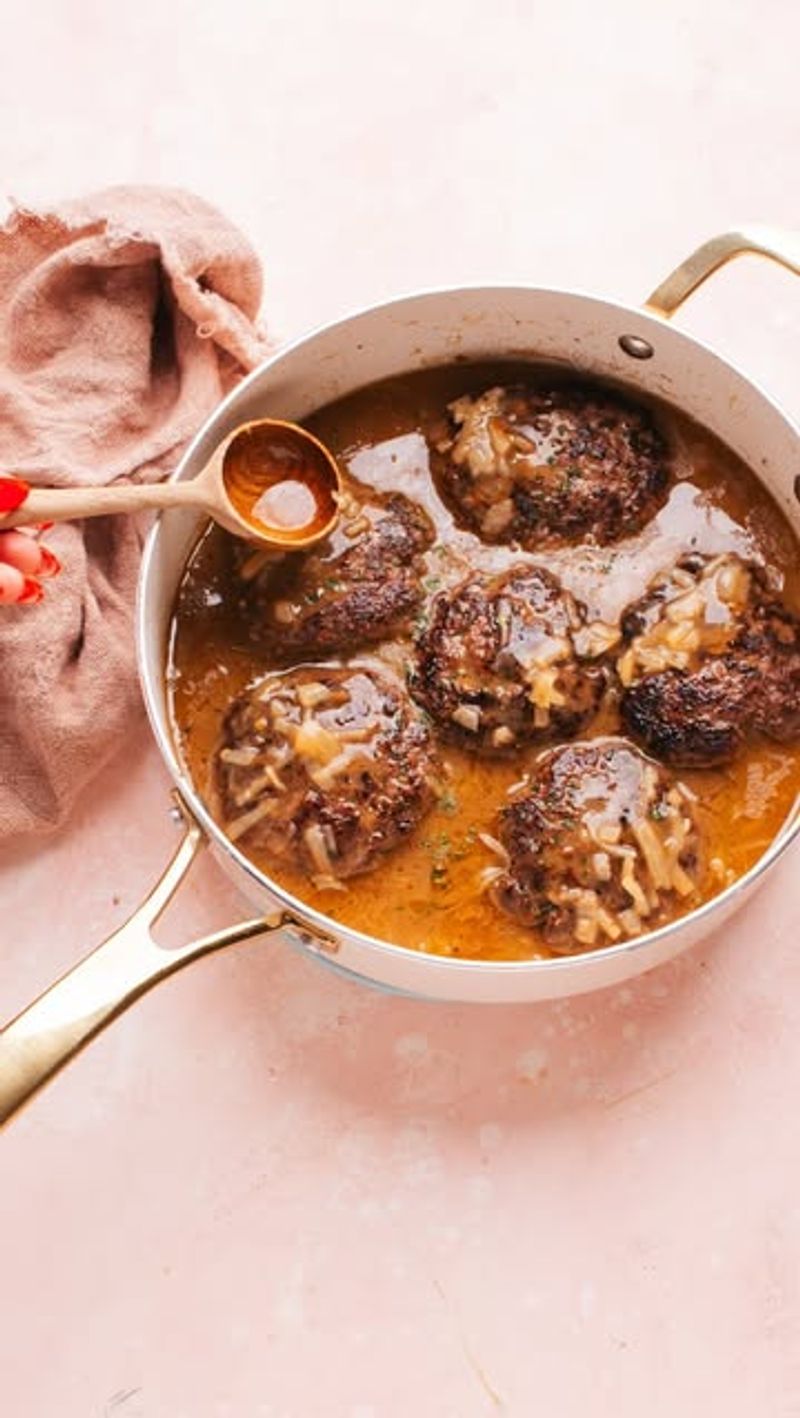
How sauces and gravies behave when doubled can be unpredictable. Sometimes, they become too thick or thin.
Adjusting the starch or liquid content can help achieve the desired consistency. Experiment and find the right balance for your dish.
16. Freezing Considerations
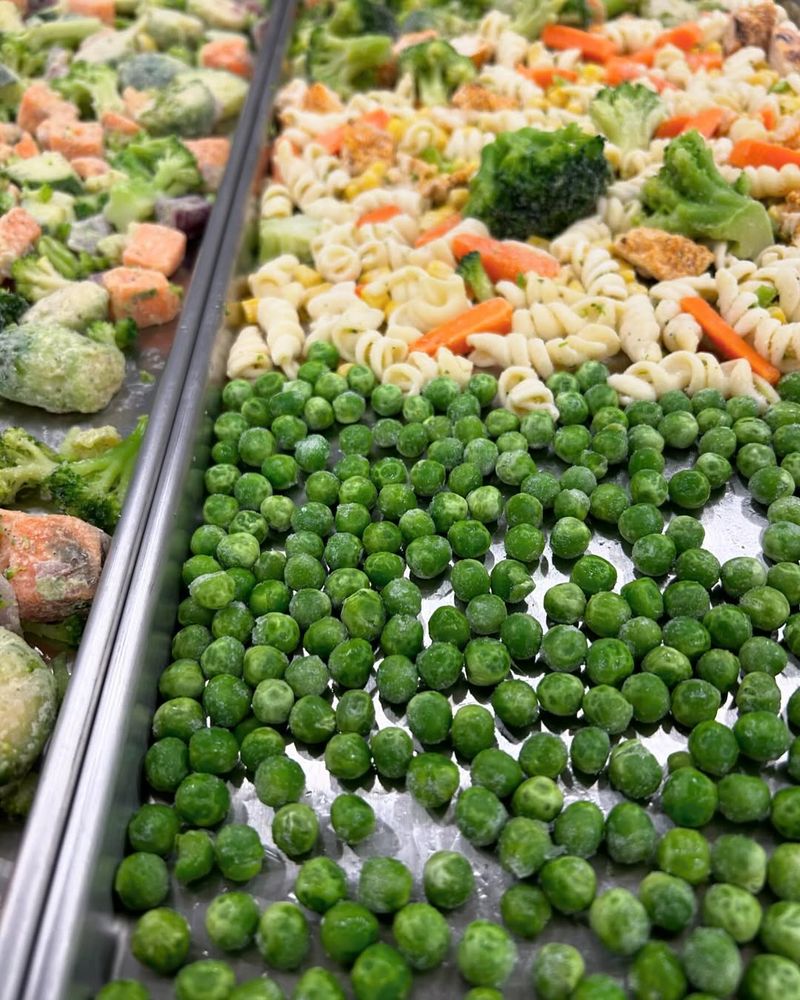
If you plan to freeze portions of your doubled recipe, be mindful of how ingredients freeze. Some may change texture or flavor.
Use airtight containers and label everything clearly. Freezing can be a great way to preserve your culinary creations for future enjoyment.
17. Understanding Yield Differences
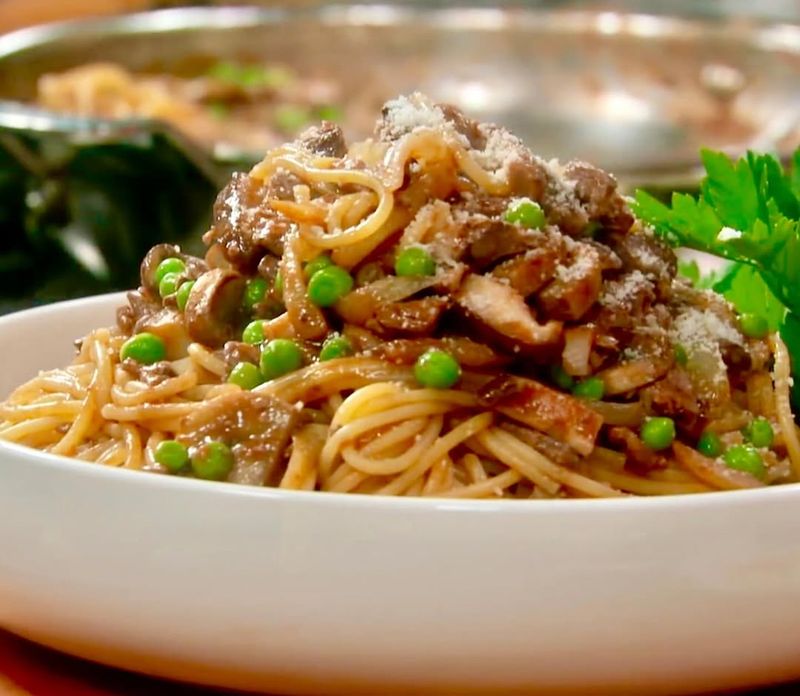
Though recipes are doubled, the yield might not align with expectations. Ingredients like flour or eggs can behave differently in larger quantities.
Monitor the outcome and adjust as necessary. Understanding how yields vary helps in planning portions and preventing waste.
18. Storage Solutions For Larger Batches

Where large batches are involved, efficient storage is essential. Invest in quality containers that preserve freshness. Organizing your pantry or refrigerator can make all the difference.
A little planning goes a long way in maintaining the quality and longevity of your ingredients.
19. Avoid Last-Minute Changes
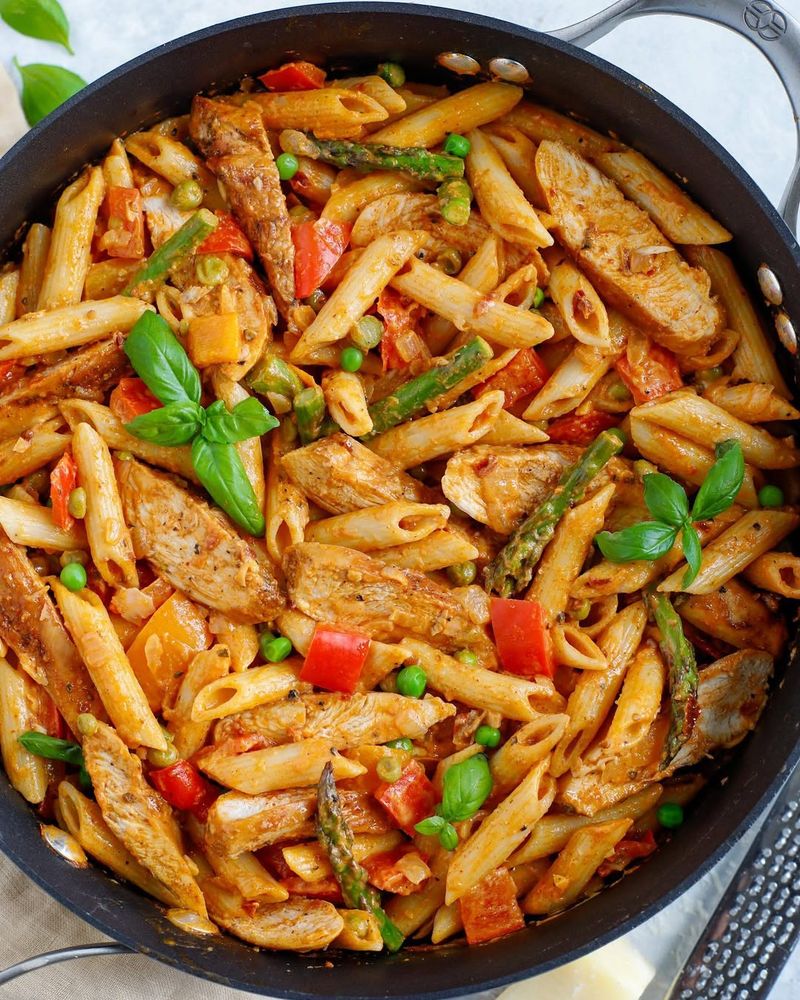
However tempted you may be to experiment at the last minute, resist this urge. Stick to the adapted recipe and make notes for future tweaks.
Sudden changes can throw off the balance, leading to unexpected results. Save your creative experiments for another time.
20. The Spontaneous Singing Chef
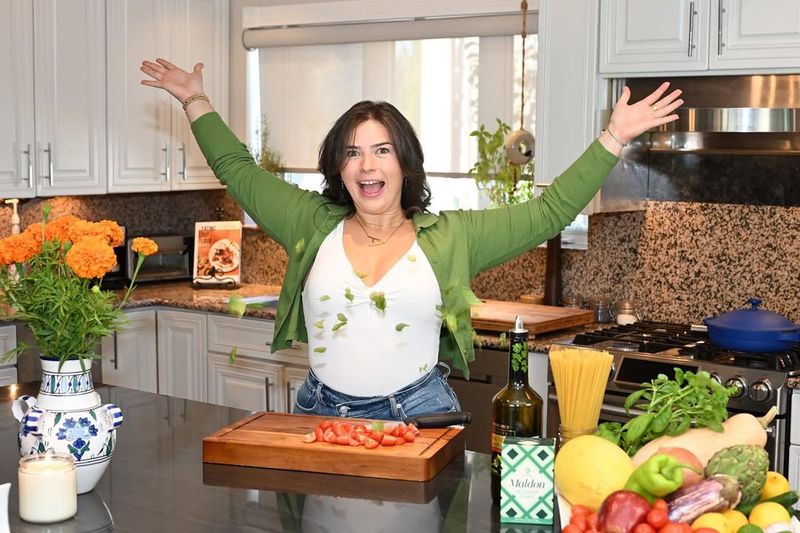
When you double a recipe, why not double the fun? Put on your favorite playlist and become the singing chef you always wanted to be.
Singing while cooking can enhance creativity and make the process more enjoyable. Not only will it lighten the mood, but it might also inspire you to add a pinch of this or a dash of that.
21. Consider Cooking Vessel Size
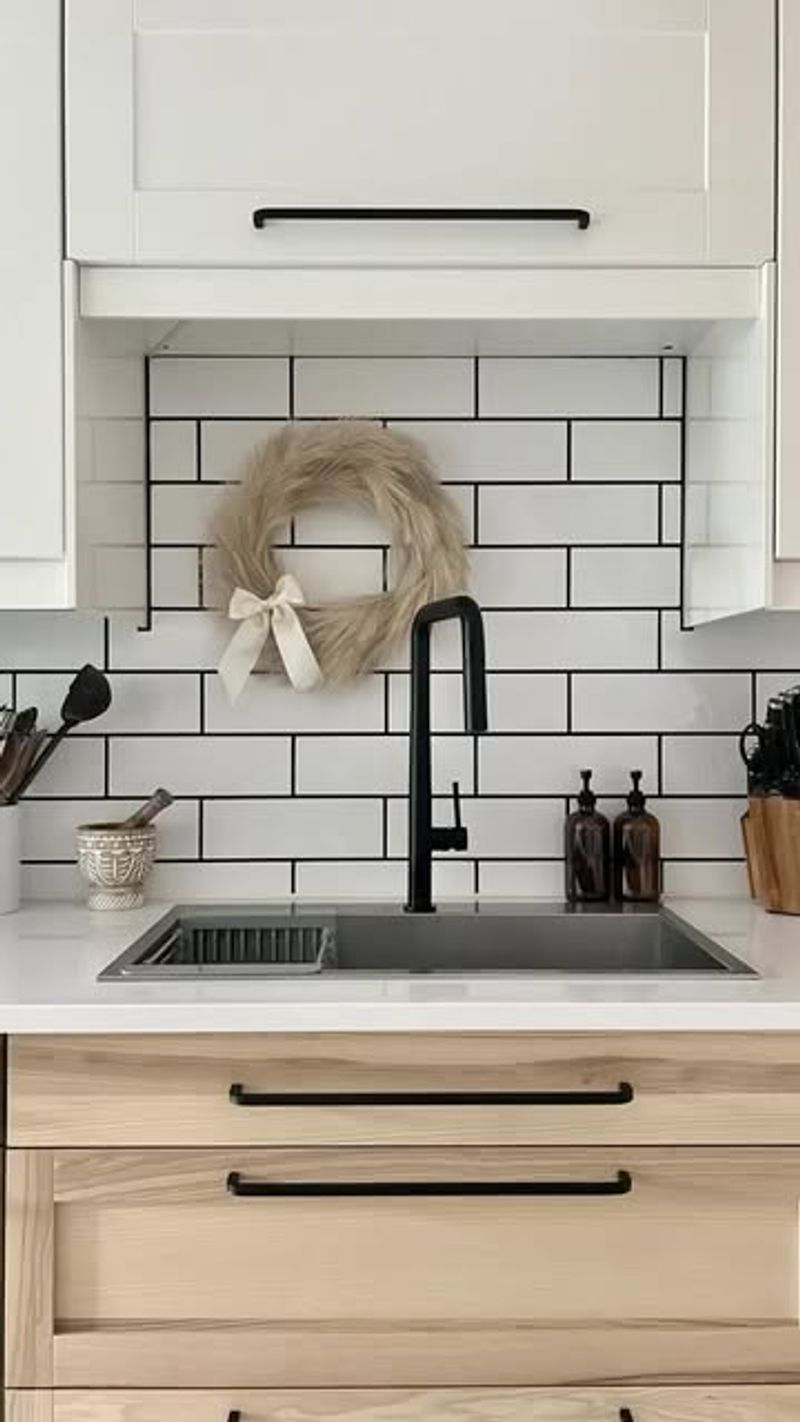
The size of your cooking vessel plays a pivotal role in how the doubled recipe turns out. A pot or pan that’s too small can lead to uneven cooking and possible overflow.
Opt for a larger vessel to accommodate the increased volume, ensuring even distribution of heat and proper cooking.
22. Understand Ingredient Interactions
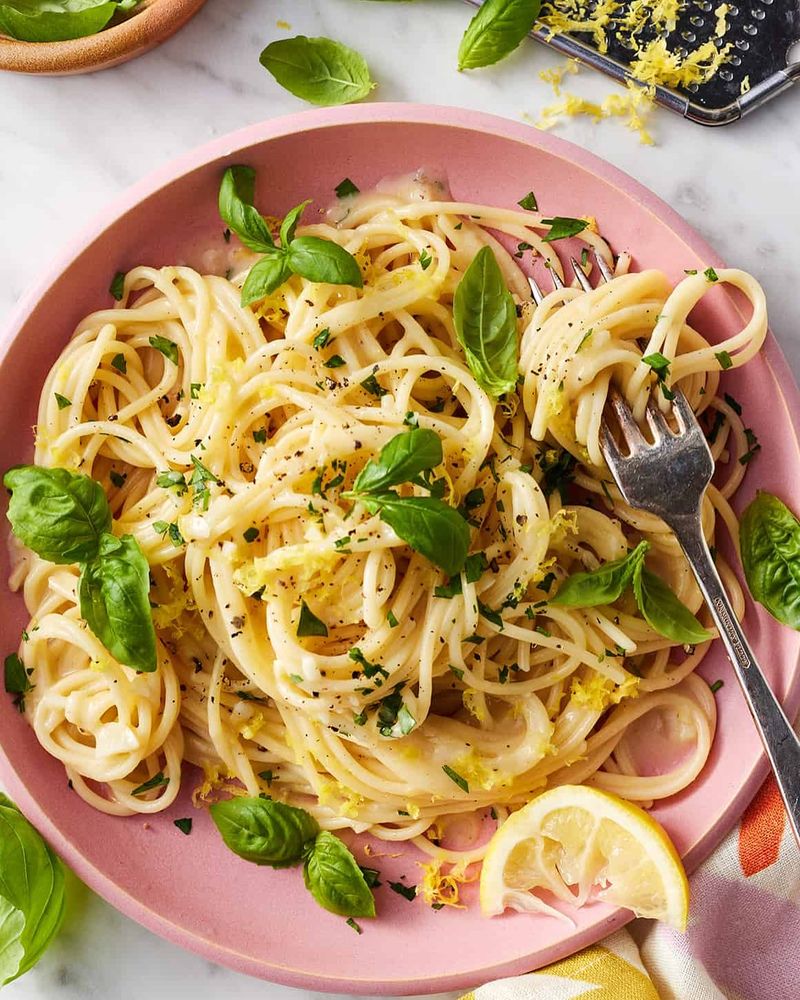
When doubling a recipe, it’s not just about multiplying each ingredient by two. Some ingredients interact differently in larger quantities. For instance, leavening agents like baking powder or yeast may need adjustment beyond simple doubling.
Consider how acidic or alkaline foods might react when increased.

